Post-treatment care :
Sensitivity to cold and heat, as well as any soreness, should go away in a few days.
Be careful not to bite your lips, cheeks or scrape your gums till the effect of the numbing medicine wears off. Children should be watched carefully to make sure they don’t do this. It will damage soft tissues and result in pain.
For an hour following your visit, do not chew.
After the effect of the numbing medicine wears off, your bite may feel uneven. In that case, please call the clinic and take an appointment to have your bite adjusted.
Take your prescribed medication as directed.
If you have signs of swelling or increasing pain, or if you have any further questions or concerns, please contact our clinic.
7.Over time, composite fillings can stain or discolour just like natural teeth. Excessive intake of tea or coffee can result in staining. Use of tobacco and related products will also stain your composite fillings. Brush and floss regularly and rinse your mouth after all meals to reduce chances of discolouration.
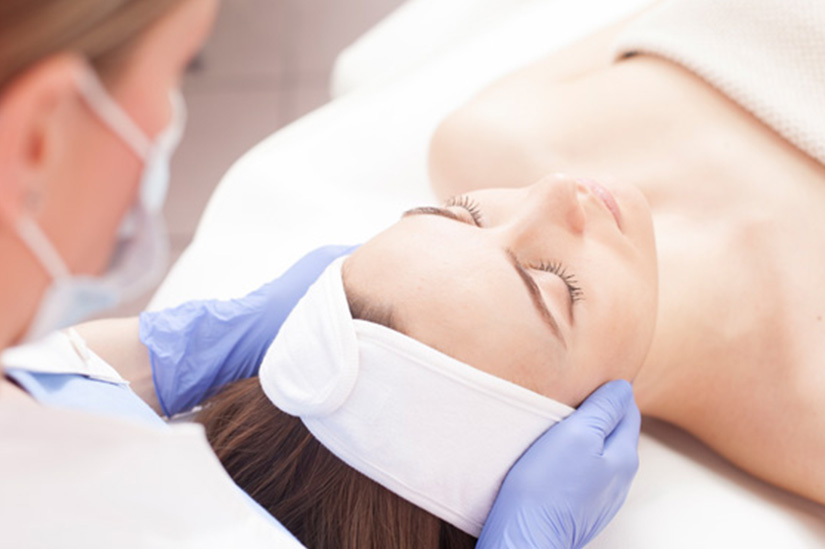
Follow-up :
Report to the doctor for a routine check-up after 24 hours, on the 3rd day and on the 7th day after your filling. Minor adjustments, if needed, will be made
You should return to have your filling and mouth checked at least once every 6 months.
With proper care we expect you to have years of satisfied use of your fillings. Rarely, due to heavy biting forces, your filling may dislodge or fracture. In that case call the clinic and take an appointment with the doctor.
While wearing a temporary crown or bridge :
You will wear temporary restorations until your permanent restoration is made.
It is normal for the gum around the tooth to be tender for a day or two. If the tenderness persists any longer than two days, please call the clinic immediately so we can check the temporary restoration and make any needed corrections.
If the temporary restoration comes loose or breaks, please call us. If the temporary restoration is off for even a short time, the tooth can shift position and cause the final restoration to not fit well.
Please avoid eating with the temporary restoration as much as possible.
Carefully clean around the restoration with a toothbrush and floss every day. When you do floss, pull the floss carefully out the side to avoid pulling the restoration off. In certain cases, we may advise you not to floss the area until your final restoration is delivered.
Avoid sticky foods and chewing gum on the temporary restoration to avoid pulling it off.
Slight discomfort, sensitivity, and tenderness are possible after a tooth has had dental treatment, but if any of these persist for more than a day or two, please call the clinic.
After the permanent restoration has been delivered :
Do not chew hard foods on the restorations for 24 hours from the time they were cemented. The cement must be allowed to set for about 24 hours to have optimum strength.
Mild sensitivity to hot or cold foods is may occur. It should disappear gradually over a few weeks. In case the sensitivity lasts more than six weeks, call the clinic.
Do not chew ice or other hard objects. Avoid chewing very sticky foods such as candies or chewing gum as they can damage or loosen the restoration.
Maintain good oral hygiene and follow the brushing and flossing regimen as instructed.
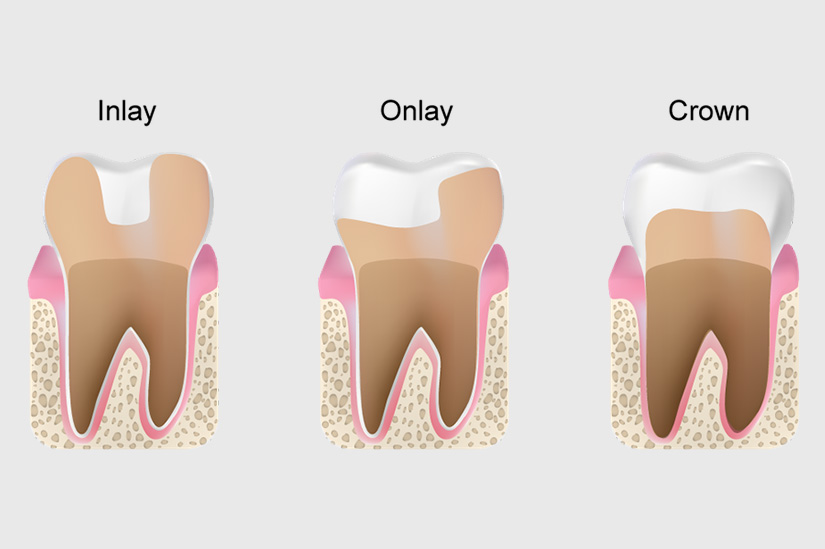
Follow-up :
Report to the doctor for a routine check-up after 3 and 7 days of delivering the permanent restoration. After that please continue 6 monthly follow-ups.
In case of the restoration loosening or coming off:
Rarely your permanent restoration may loosen or come off due to heavy biting forces or changes in your bite pattern. If it comes off and you have it with you, clean it and store it safely and take the doctor’s appointment for re-cementation.
In case you have swallowed the restoration, call the clinic immediately on +91 8879745345.
Post treatment care:
You may experience some discomfort, sore spots and speech problems while getting used to your new dentures. The dentures will need a few minor adjustments until you are comfortable. To help with speech, read aloud for a few minutes every day. Your mouth will adjust, and your speech will improve.
You should leave your dentures out for at least six hours to allow your gums to rest. Food particles trapped under the denture cause inflammation and sore spots. Brush the roof of your mouth as well as your gums and tongue. Rinsing daily with lukewarm salt water can help keep your gums clean. This will help keep your mouth healthy.
For partial dentures with metal clasps, special care should be taken while inserting and removing them. Keep your partials and remaining natural teeth absolutely clean to prevent gum disease and tooth decay.
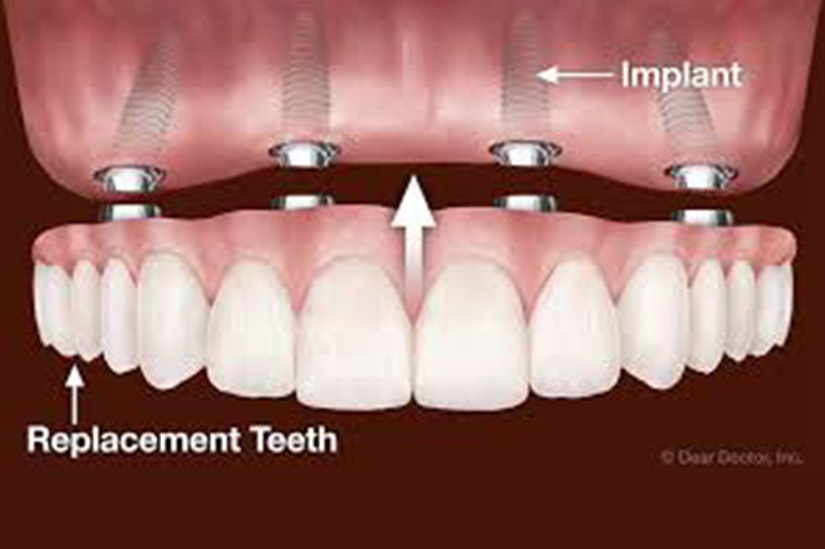
Follow-up :
Report to the doctor for a routine check-up after 24 hours, on the 3rd day and on the 7th day after your dentures are delivered. Minor adjustments, if needed, will be made.
You should return to have your dentures and mouth checked at least once every 6 months. With proper care we expect you to have years of satisfied use of your dentures. However, over time, there are changes in your jawbone and gums. When this occurs, your dentures may feel loose and may require relining. Wearing ill-fitting dentures/partials for too long without refitting can cause severe bone loss and very serious oral disease.
Daily cleaning :
Before cleaning, be sure to fill the sink with water or lay a soft towel down. Dentures and partials may break if they fall and hit a hard surface.
Rinse your denture under warm water after each meal to remove loose food debris. Boiling or excessively hot water can cause the denture to warp and not fit properly.
They should be brushed daily with a soft tooth brush or soft denture brush.
They can be brushed with warm water, soap or denture paste. Regular toothpaste is too abrasive and can cause scratches in the acrylic.
Cleaning tablets can be used while denture is soaking in water. These help to remove light stains and loosen plaque build-up. Be sure to follow the manufacturer’s Instructionss; each brand is different.
After soaking, rinse thoroughly under warm water before re-inserting into mouth. Mouthwash may be used after rinsing with water to give a fresh taste and feeling.
The day of surgery :
For the first 45 minutes after extraction make sure you apply good pressure onto the gauze. Then remove it with your clean fingers. Have a glass of chilled water, followed by ice cream (eat it with spoon) and take the first dose of medicines.
Do not rinse your mouth, gargle or spit for the first 24 hours.
Do not drink through a straw for the first 24 hours.
Eat soft and cold foods and consume plenty of cold fluids.
Ice packs may be used to reduce swelling. Rotate ice pack on and off or side to side every 30 minutes for the first 24 hours.
Avoid alcohol or smoking. Some of your medicines may react with alcohol and smoking will delay healing.
Be careful not to bite your lips, cheeks or scrape your gums till the effect of the numbing medicine wears off. Children should be watched carefully to make sure they don’t do this. It will damage soft tissues and result in pain.
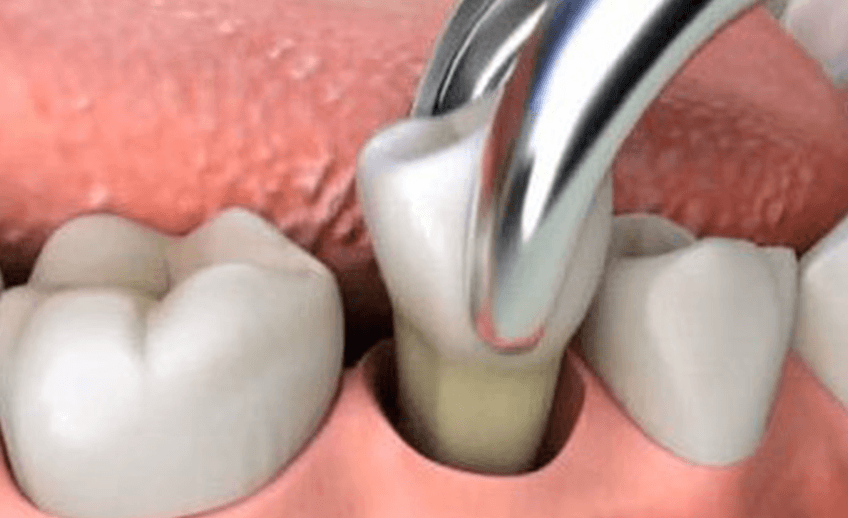
24 hours after surgery :
Return to your normal brushing routine, being very careful around extraction site(s).
Start rinsing with the prescribed mouthwash after every meal for the next 2 weeks.
Begin using a warm salt-water rinse (1/4 teaspoon salt in a glass of warm water) every 2-3 hours for 7 days.
Some pain and swelling is expected, and may last for 10-14 days. Don’t be alarmed if the third or fourth day is the worst.
Continue eating soft foods. You may begin to gradually return to your normal diet as tolerated. Avoid spicy foods for 2 weeks.
Follow-up :
Report to the doctor for a routine check-up after 24 hours, on the 3rd day and on the 7th day after surgery.
You may have sutures (stitches) placed in your mouth to control the bleeding and hasten healing. You need to come on the 7th day after surgery to get them removed. Please take the appointment accordingly.
Excessive bleeding (follow these Instructions only if you are experiencing severe bleeding) :
Rinse your mouth with chilled water and gently wipe away blood clots with a clean piece of gauze or a tissue.
Take a large amount of gauze or 2 tea bags moistened with water and place over the bleeding area and close your mouth, applying constant pressure on the wound.
Remain quiet and in a sitting position for 20-30 minutes.
If these Instructions have been followed in detail and excessive bleeding persists, you should call our clinic immediately on +91 8879745345.
Post treatment care :
The veneer may make the tooth feel slightly thicker. The veneer, however, is only as thick as a fingernail, except in those places where a tooth was crooked, and extra thickness of porcelain was used to make the tooth look straight. It usually seems thicker right when the veneer is placed because we made the teeth slightly thinner in preparing them.
For the most part, you can chew normally. However be careful to avoid excess stress on the veneered the teeth, such as chewing hard or crunchy foods.
Patients involved in contact sports, or who clench or grind their teeth at night should wear a protective mouthguard or nightguard to help prevent chipping of the veneers.
Brush and floss conscientiously to protect your investment. While dental porcelain cannot develop tooth decay, the teeth and gums are still vulnerable. Gum recession caused by gum disease can result in a space between the gum line and the veneer.
We recommend twice yearly veneer maintenance in addition to the twice yearly regular cleanings.
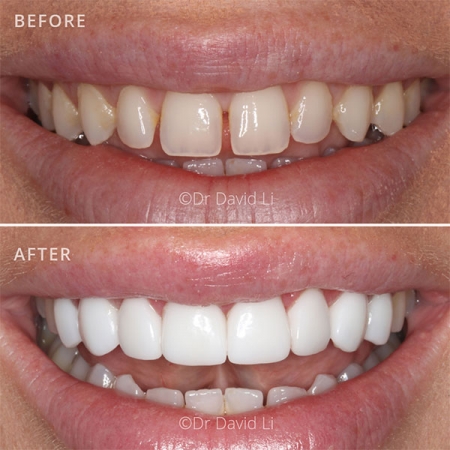
Follow-up :
Report to the doctor for a routine check-up on the 7th day after your veneers are delivered.
You should return to have your veneers and mouth checked at least once every 6 months. With proper care we expect you to have years of satisfied use of your veneers.
Though some of the root canal procedures we perform are completed in 1 appointment, most root canal therapies may take more than 1 appointment to complete.
Between appointments, a temporary filling is placed to protect the tooth. It is common (and not a problem) for a small portion of your temporary filling to wear away or break off. If the entire filling falls out, please call the clinic and set up an appointment to come in and have it replaced.
To protect the tooth and keep the temporary filling in place, avoid eating hard or sticky food (such as gum), and try to chew on the other side of your mouth. Continue to brush and floss normally. Usually, the last step in a root canal is the placement of a crown or permanent filling in the tooth. A crown will protect the tooth from breaking in the future.
Sensitivity to cold and heat, as well as any soreness, should go away in a few days.
Be careful not to bite your lips, cheeks or scrape your gums till the effect of the numbing medicine wears off. Children should be watched carefully to make sure they don’t do this. It will damage soft tissues and result in pain.
Take your prescribed medication as directed.
If you have signs of swelling or increasing pain, or if you have any further questions or concerns, please contact our clinic.
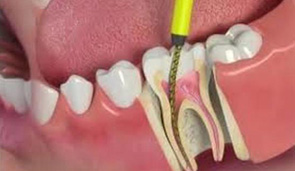
The day of surgery :
Do not drink through a straw for the first 24 hours.
Eat Non spicy and cold foods and consume plenty of cold fluids.
Avoid alcohol or smoking. Some of your medicines may react with alcohol and smoking will delay healing.
Be careful not to bite your lips, cheeks or scrape your gums till the effect of the numbing medicine wears off. Children should be watched carefully to make sure they don’t do this. It will damage soft tissues and result in pain.

24 hours after surgery :
Gently brush and floss the treated area for a few days. Then resume normal brushing in a week or until the soreness is gone.
Start rinsing with the prescribed mouthwash after every meal for the next 2 weeks.
Begin using a warm salt-water rinse (1/4 teaspoon salt in a glass of warm water) every 2-3 hours for 7 days.
Continue eating soft foods. You may begin to gradually return to your normal diet as tolerated. Avoid spicy foods for 2 weeks.
Follow-up:
Report to the doctor for a routine check-up after 24 hours, on the 3rd day and on the 7th day after the procedure.